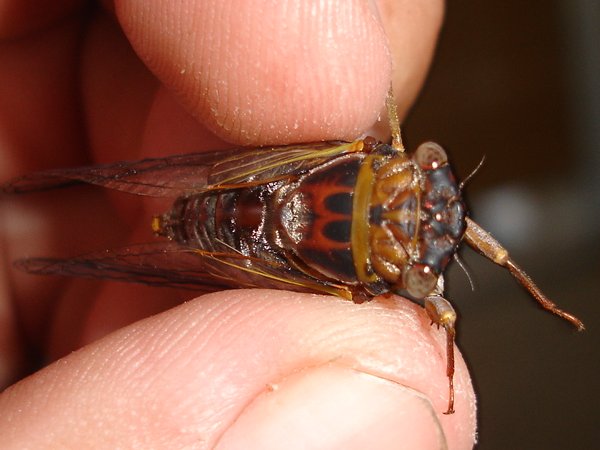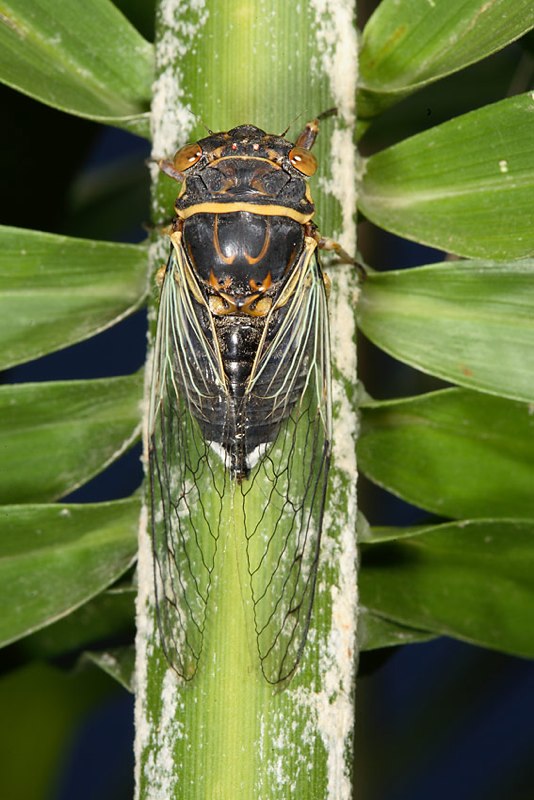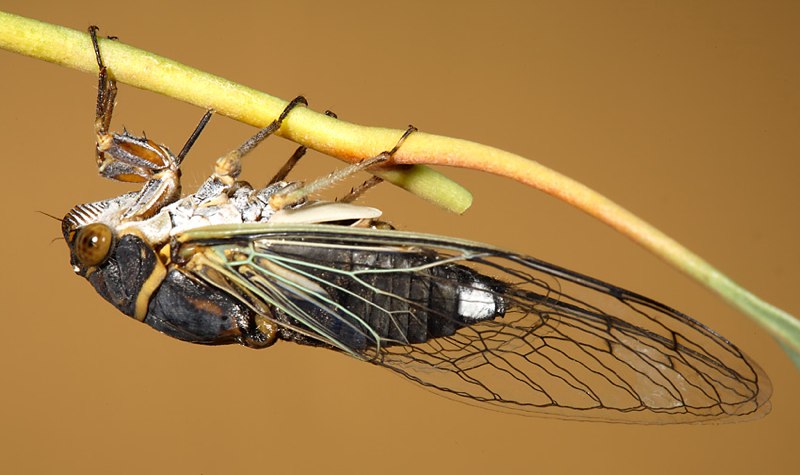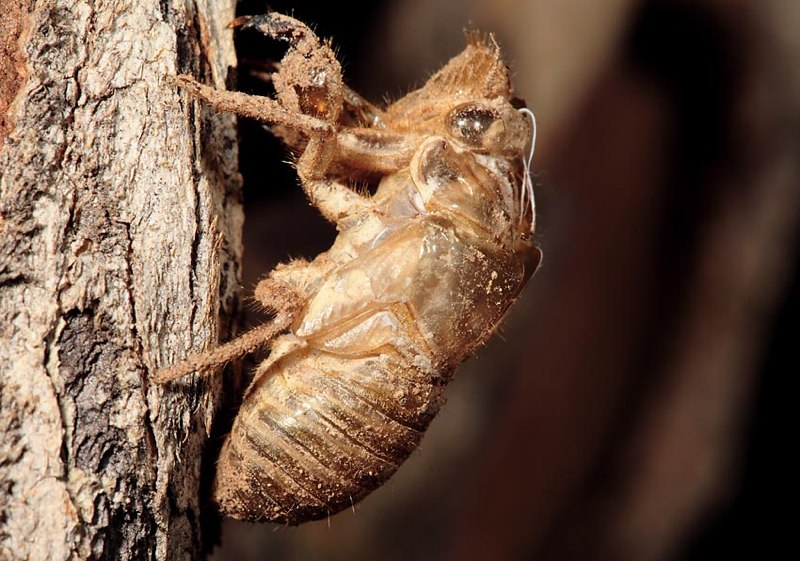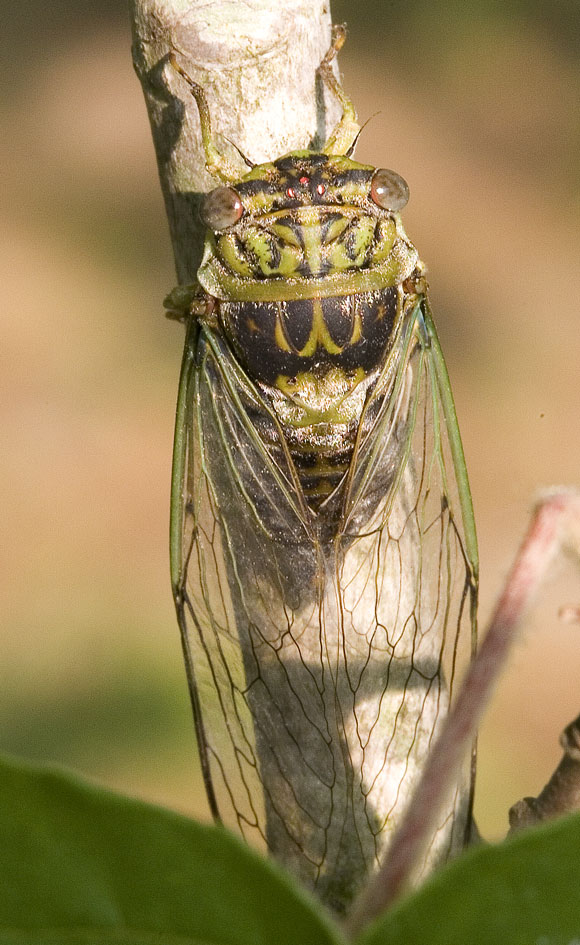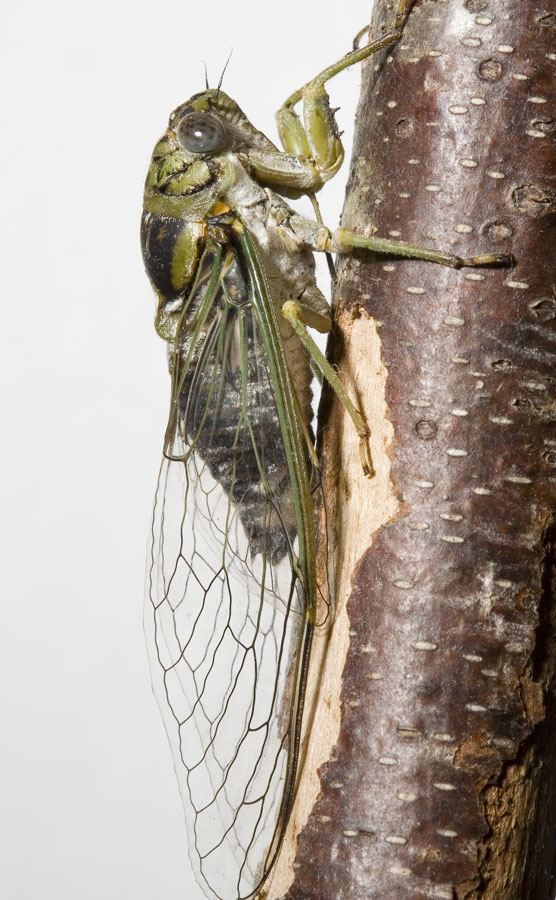One cool thing about being a cicada fan is your friends will send you cicadas from their part of the world. This male Diceroprocta apache cicada is courtesy of my friend Shannon, who lives in Las Vegas, NV. They’re out in large numbers from June to July.
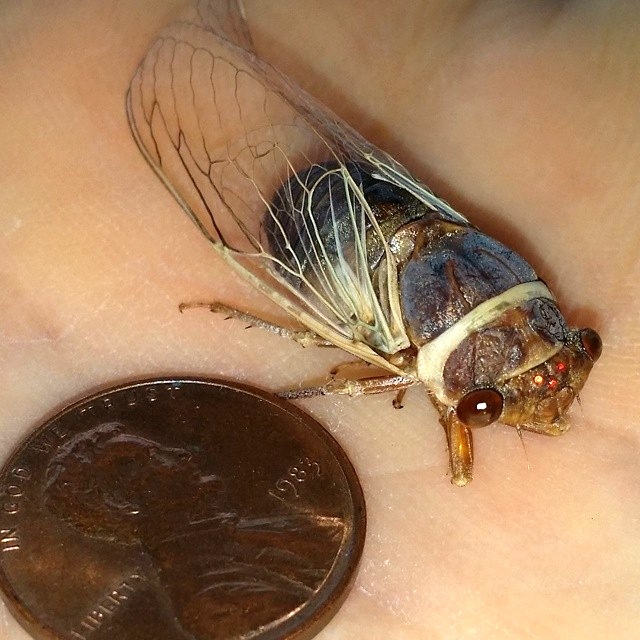
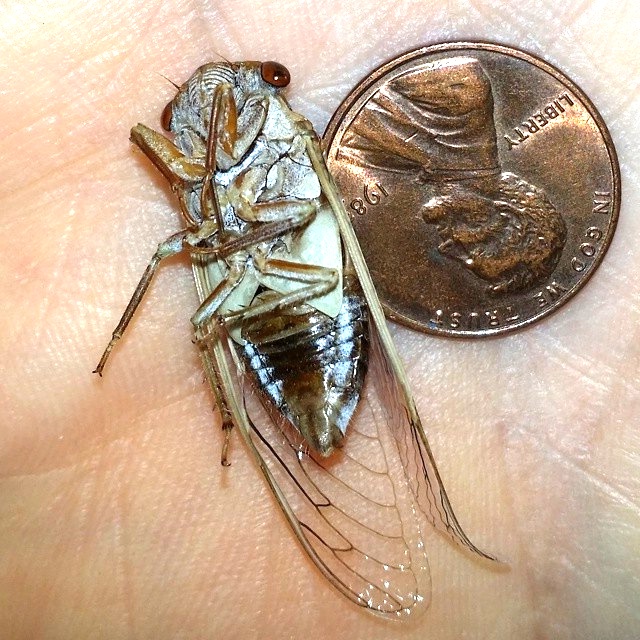
Diceroprocta apache, aka the Citrus cicada, is the only member of the Diceroprocta genus that lives in Nevada. It can also be found in Arizona, California, Colorado and Utah.
Here is a playlist of YouTube videos to watch if you want to hear what they sound and look like when they’re still alive:
If you’re in Las Vegas and hear an electrical buzzing sound, it might be a Citrus cicada.

